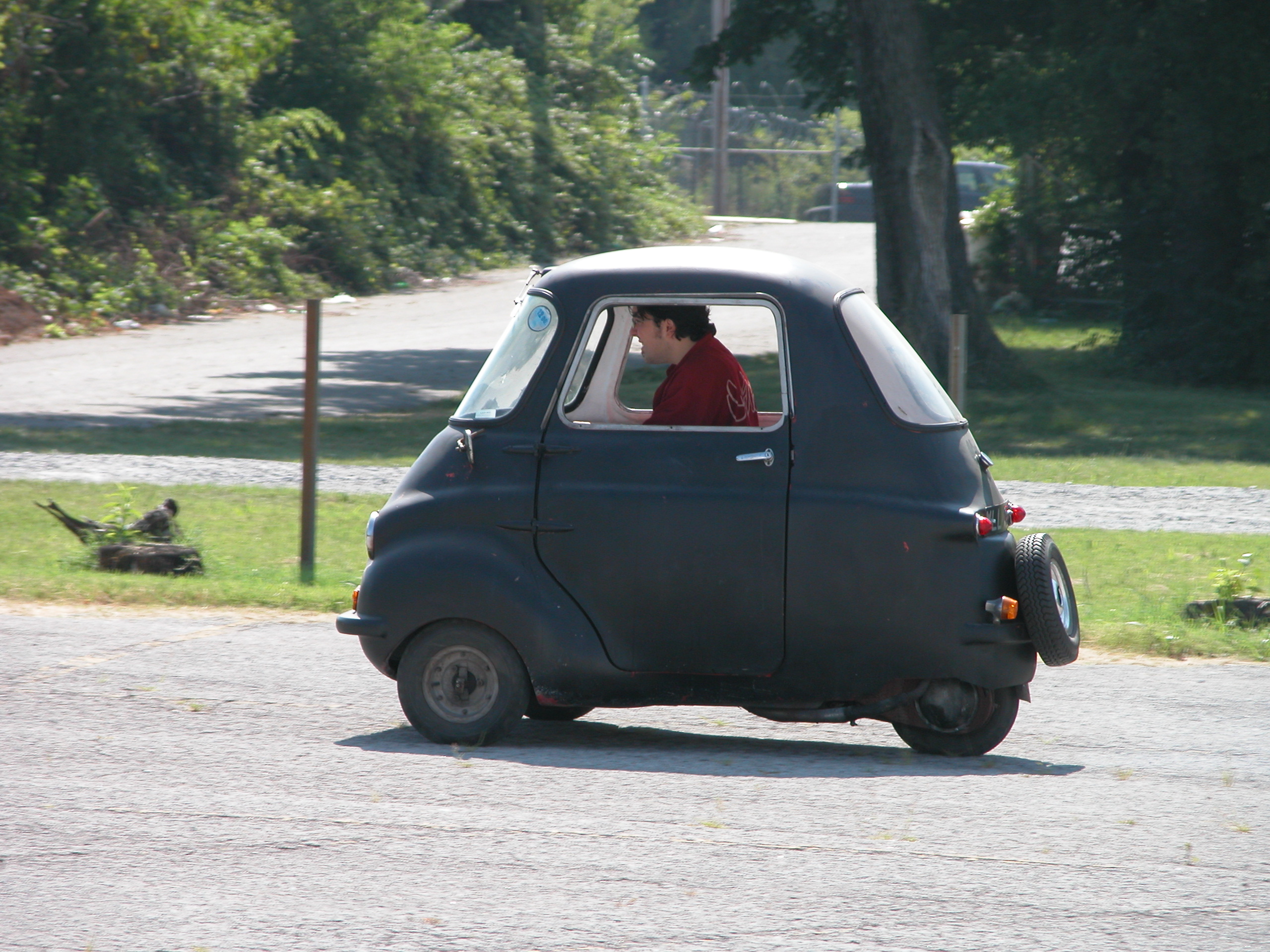Scootacar on:
[Wikipedia]
[Google]
[Amazon]
 Scootacar was a British three-wheeled microcar built in
Scootacar was a British three-wheeled microcar built in
Scootacar Register (includes photos, information and technical specifications)1959 Scootacar Mk 1 pictures and specification
Microcars Three-wheeled motor vehicles Defunct motor vehicle manufacturers of England Defunct companies based in Leeds Cars introduced in 1957
 Scootacar was a British three-wheeled microcar built in
Scootacar was a British three-wheeled microcar built in Hunslet
Hunslet () is an inner-city area in south Leeds, West Yorkshire, England. It is southeast of the Leeds city centre, city centre and has an industrial past.
It is situated in the Hunslet and Riverside (ward), Hunslet and Riverside ward of Lee ...
, Leeds
Leeds () is a city and the administrative centre of the City of Leeds district in West Yorkshire, England. It is built around the River Aire and is in the eastern foothills of the Pennines. It is also the third-largest settlement (by populati ...
by Scootacars Ltd a division of the railway locomotive builder, the Hunslet Engine Company between 1957 and 1964.
It was allegedly built because the wife of one of the directors wanted something easier to park than her Jaguar
The jaguar (''Panthera onca'') is a large cat species and the only living member of the genus '' Panthera'' native to the Americas. With a body length of up to and a weight of up to , it is the largest cat species in the Americas and the th ...
.Michael Sedgwick & Mark Gillies, A-Z of Cars 1945-1970, Haymarket Publishing Limited, Revised paperback edition published 1993 The shape of the car was designed by Henry Brown, previously responsible for the Rodley, who did it by sitting on a Villiers engine and then having an assistant draw an outline around him.
The body was built in glass fibre
Glass fiber ( or glass fibre) is a material consisting of numerous extremely fine fibers of glass.
Glassmakers throughout history have experimented with glass fibers, but mass manufacture of glass fiber was only made possible with the inventio ...
and was very tall for its size being high, long and only wide. It was nicknamed "the telephone booth". Two people could be carried with a passenger behind the driver or alternatively just squeezed in alongside. Power came from a rear-mounted Villiers 9E 197 cc single-cylinder two-stroke engine
A two-stroke (or two-stroke cycle) engine is a type of internal combustion engine that completes a power cycle with two strokes (up and down movements) of the piston during one power cycle, this power cycle being completed in one revolution of t ...
coupled to a four-speed motorcycle-type gearbox and chain drive to the single rear wheel. Steering was by handlebars. The car had independent front suspension using coil springs, and the wheels were , with the spare mounted externally at the rear. The top speed was .Graham Robson, A-Z British Cars 1945-80, Herridge & Sons, 2006, page 388
In 1960 came the ''De Luxe'' or Mark 2, with a totally redesigned body with more room and seating for three, but it appeared too late to sell in any great numbers. It had a top speed of and sold for 275 British Pounds.
In 1961 the ''De Luxe Twin'' Mark 3 cars appeared fitted with a 324cc Villiers 3T twin, giving a top speed of .
Production stopped in 1964 after a total of about 1000 Scootacars were made, but only about 20–30 had the larger engine.
Restoration
For the purist the hardest part to locate on a Mk1 Scootacar is the rear light unit. These were made by a long-defunct company called L.E. Perry or LEP. They are red, as required by law, but have a clear insert on the side of the lamp to illuminate the number plate. They are constructed in a unique larger diameter than a contemporary Lucas light unit (which most Mk1's have to use although then to comply with the law one will have to fit a remote number plate lamp). It is understood that LEP had a fire in the 1960s which destroyed the moulds. The lens unit is not of the highest quality and tends to fade to orange after the 50 years of being exposed to UV light. The plastic can also craze. LEP rear light units were not used on any other production motor vehicle. However, it seems they were perhaps sold at Halfords or its ilk as a unit for fitting to homemade trailers, motorcycle sidecars and caravans at the time. A correct Mk1 will also have a pair of Bluemell reflectors fitted below the rear lights on small steel straps. These appear to have been derived from a child's bicycle. LEP also made the 12 V Mk1 wiper motor. One can consider this unit equally as rare although it was used in other applications. A similar unit but 6 V is used in both Peel P50 and Trident motorcars.See also
*List of car manufacturers of the United Kingdom
:''This list is incomplete. You can help by adding correctly sourced information about other manufacturers.''
As of 2018 there are approximately 35 active British car manufacturers and over 500 defunct British car manufacturers. This page lists ...
References
External links
{{commons category, ScootacarScootacar Register (includes photos, information and technical specifications)
Microcars Three-wheeled motor vehicles Defunct motor vehicle manufacturers of England Defunct companies based in Leeds Cars introduced in 1957